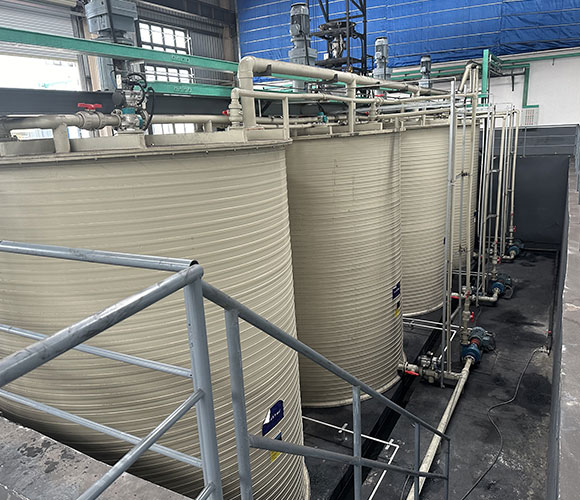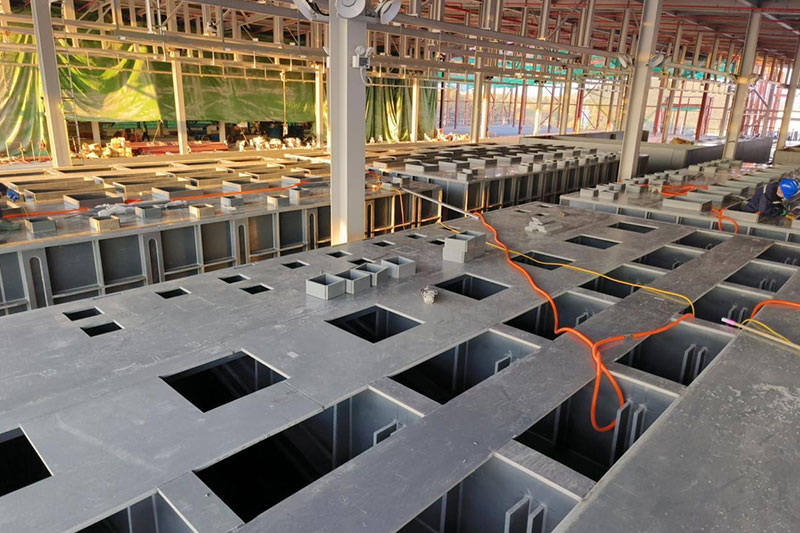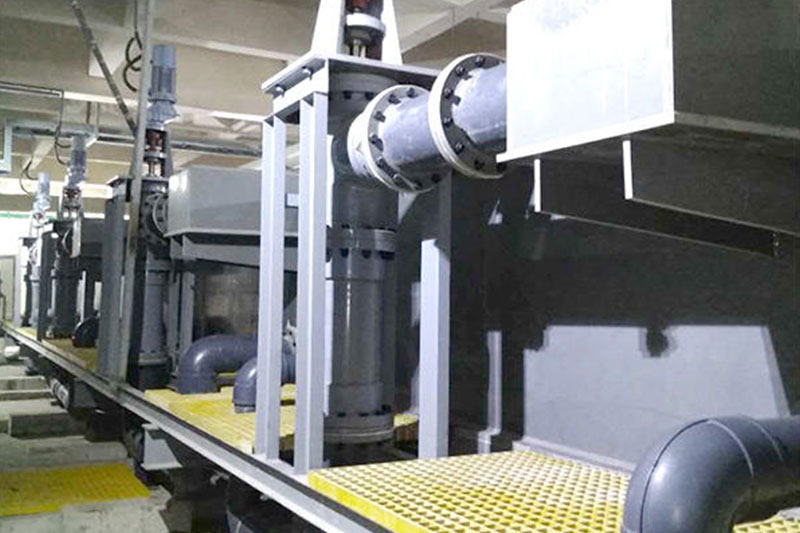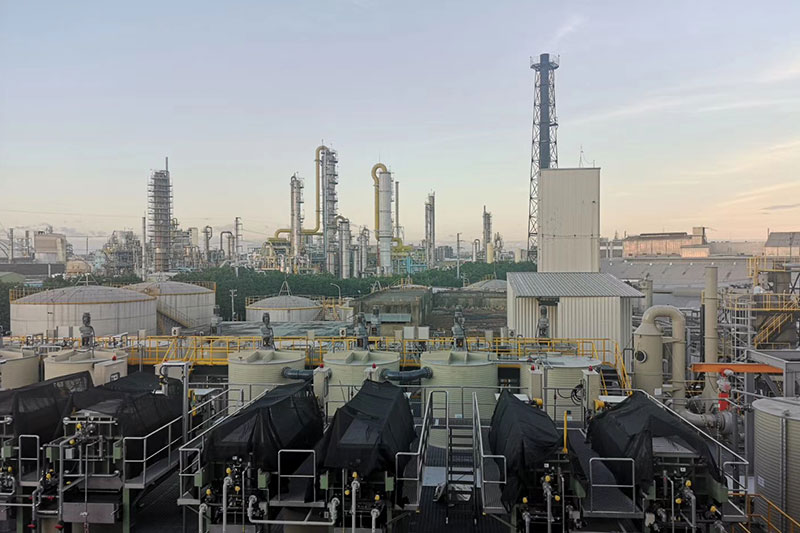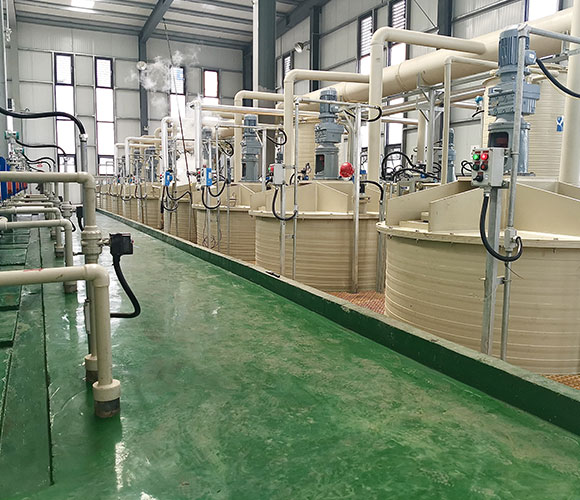
The PPH and HDPE spiral-wound storage tanks are mainly made of polypropylene and high-density polyethylene plastic materials through extrusion winding without weld seams technology. They are used for various specifications of tank bodies, tank bodies, various towers and pipelines. The products are used for storing various liquids and various liquid reaction carriers. Especially, they have the best application effect in storing liquids with corrosive and hazardous properties.It has a service life of over 10 years under harsh conditions and low maintenance costs.
- PPH (Polypropylene)
- HDPE (High-density Polyethylene)
- The correct materials in the anti-corrosion system
